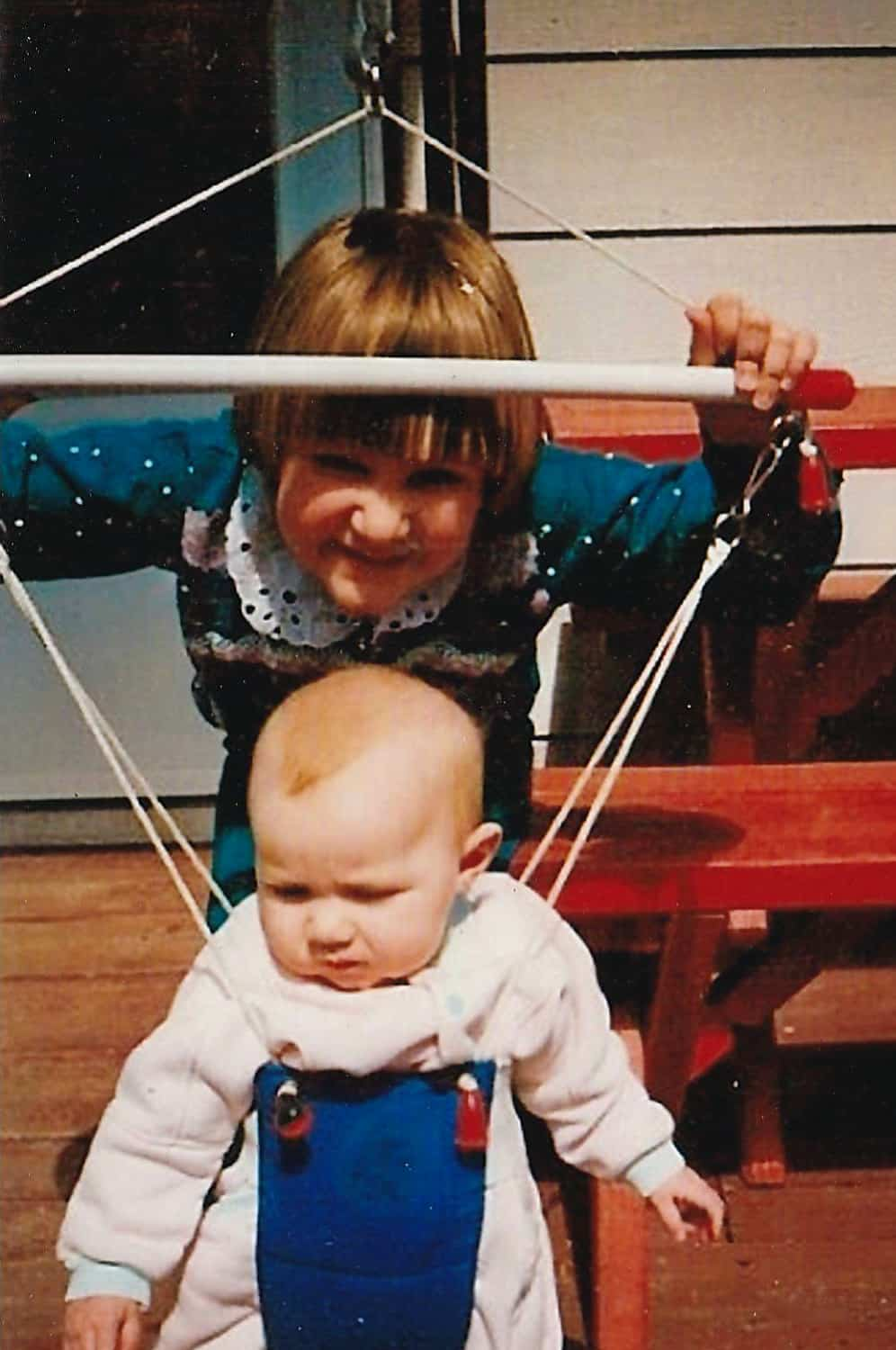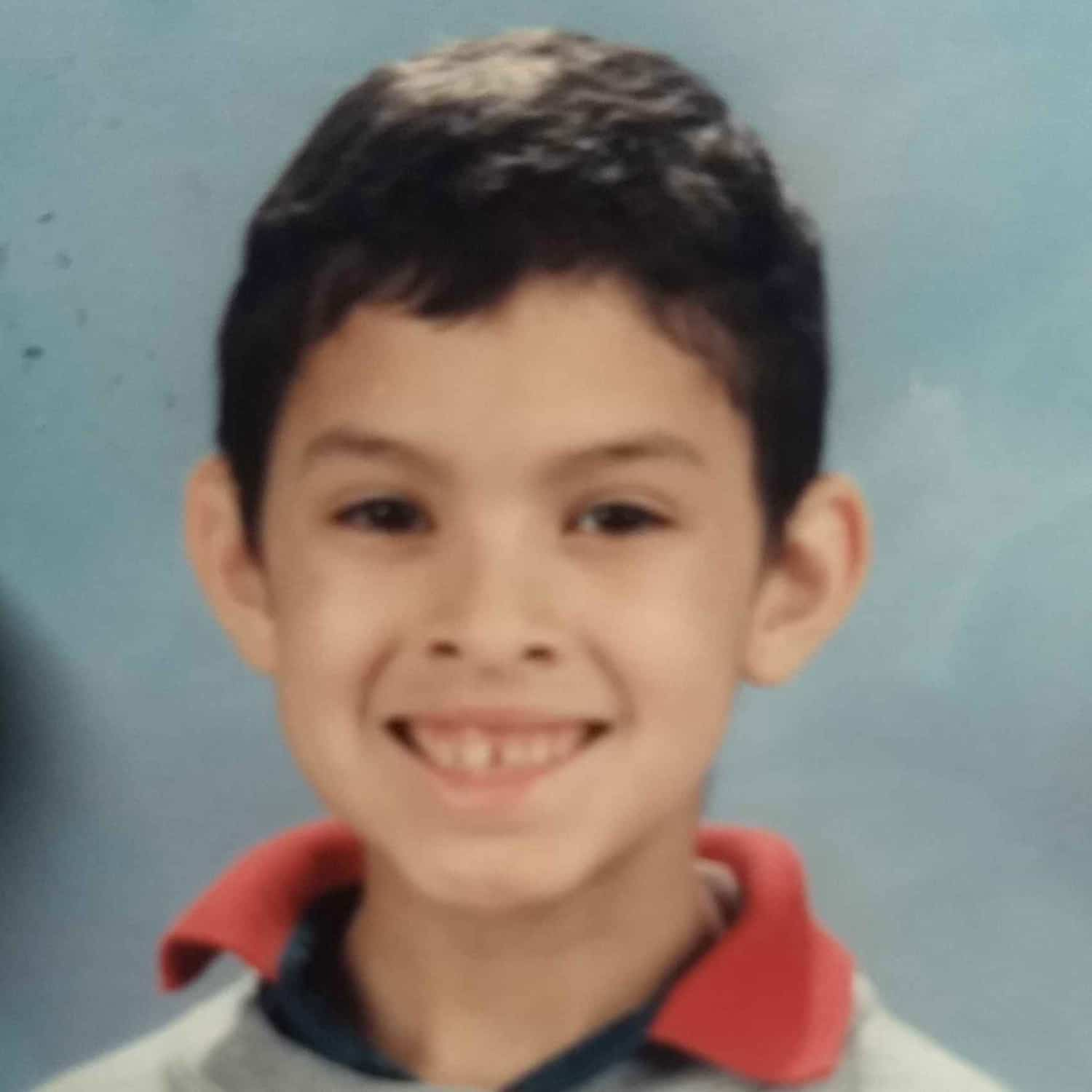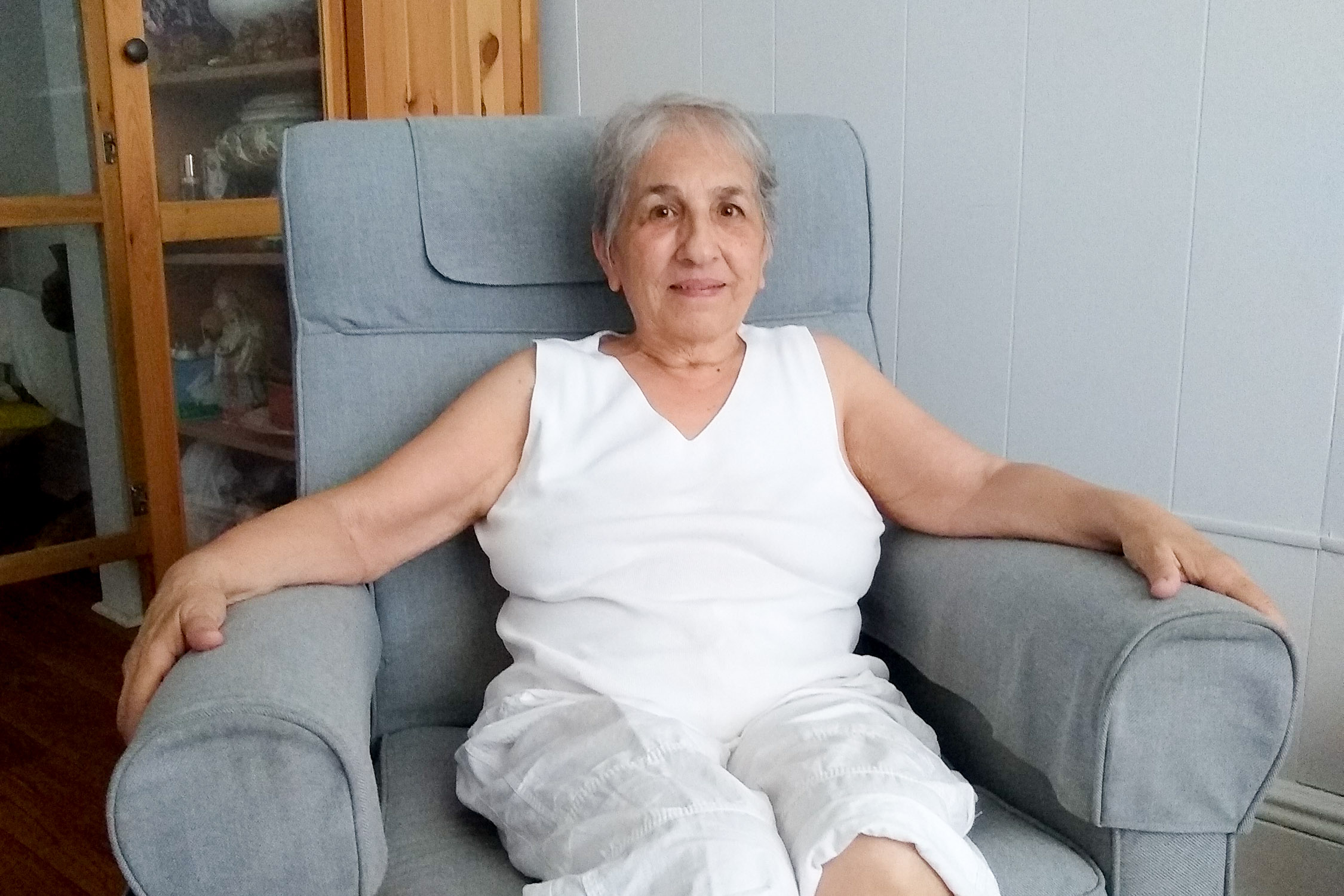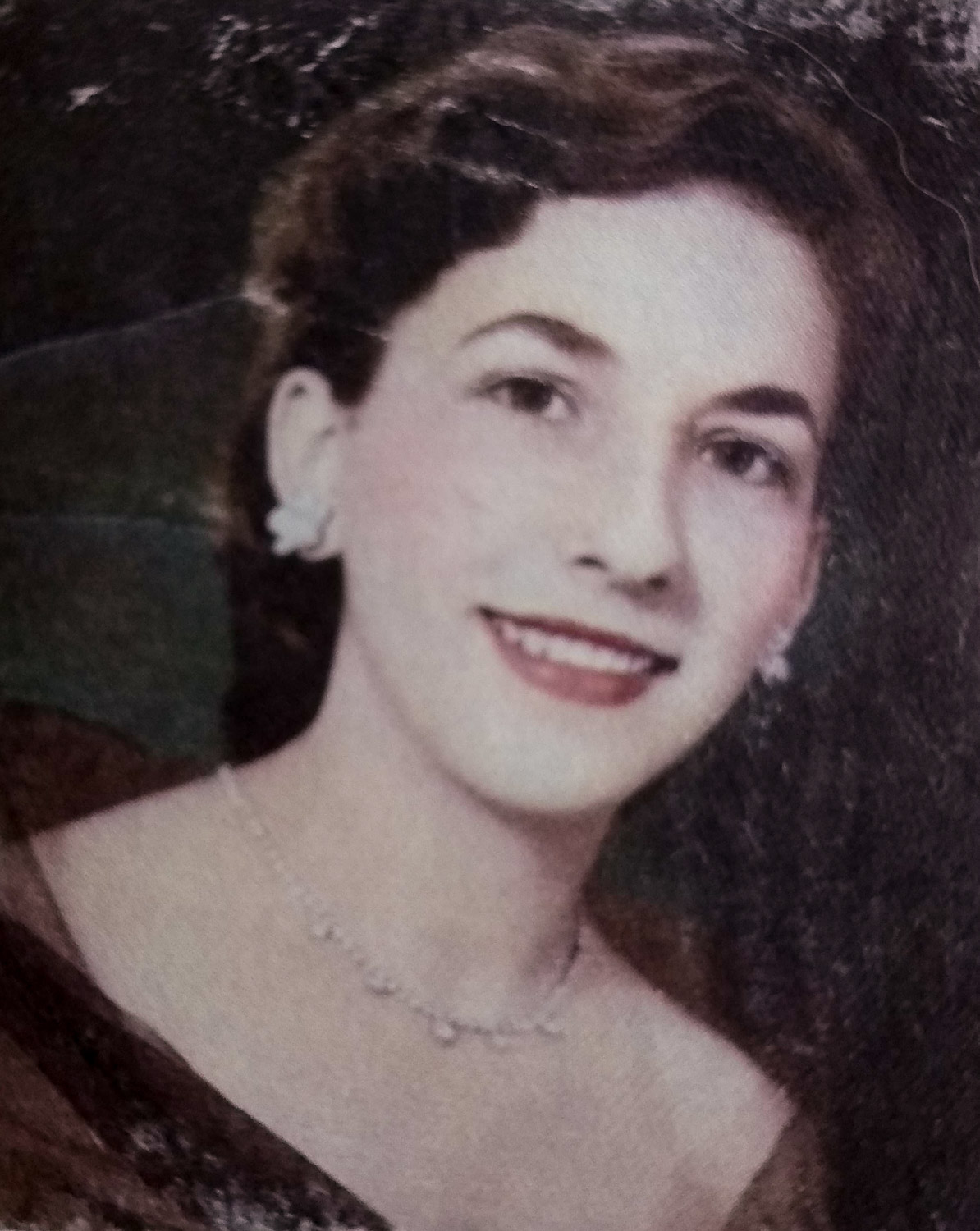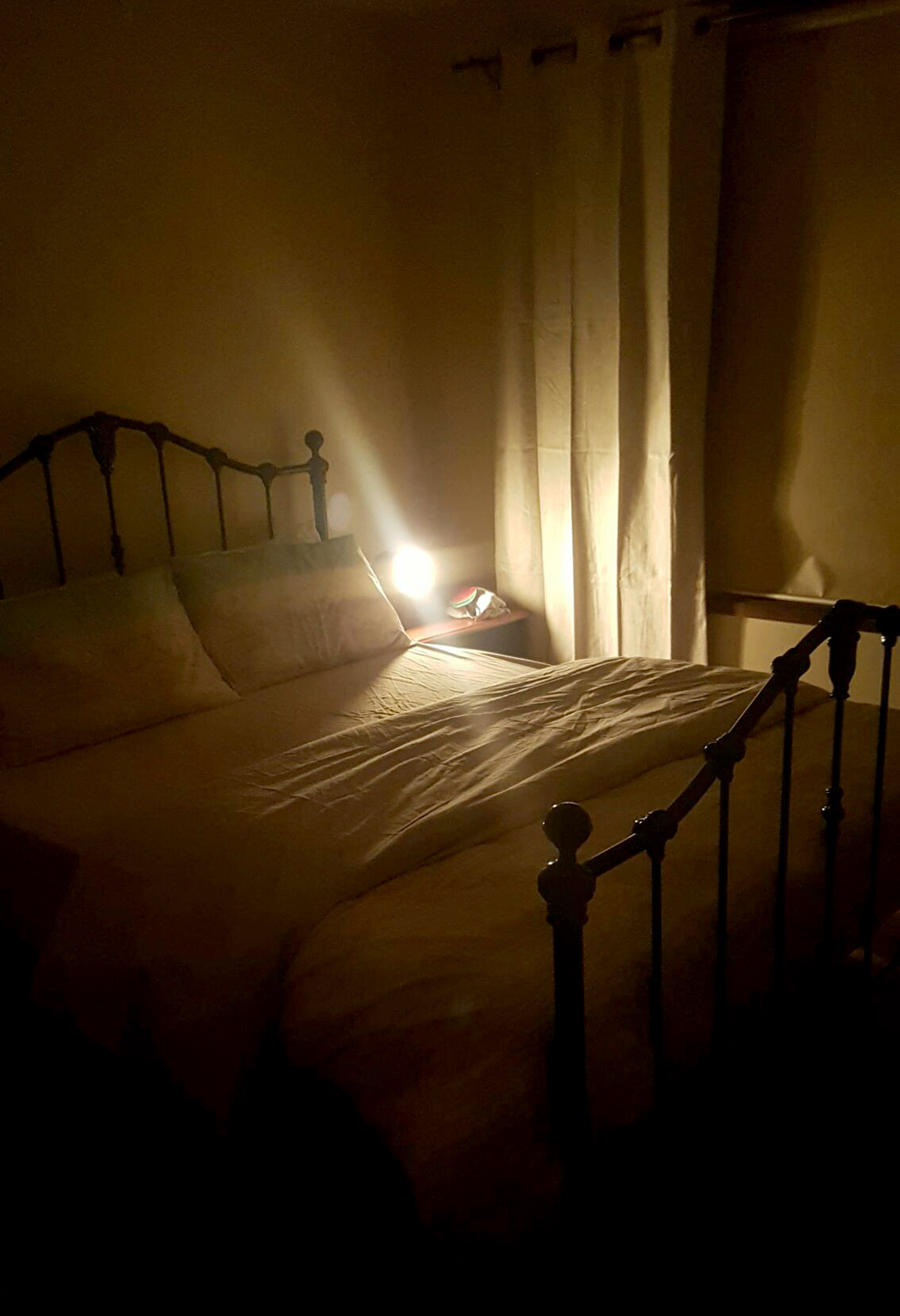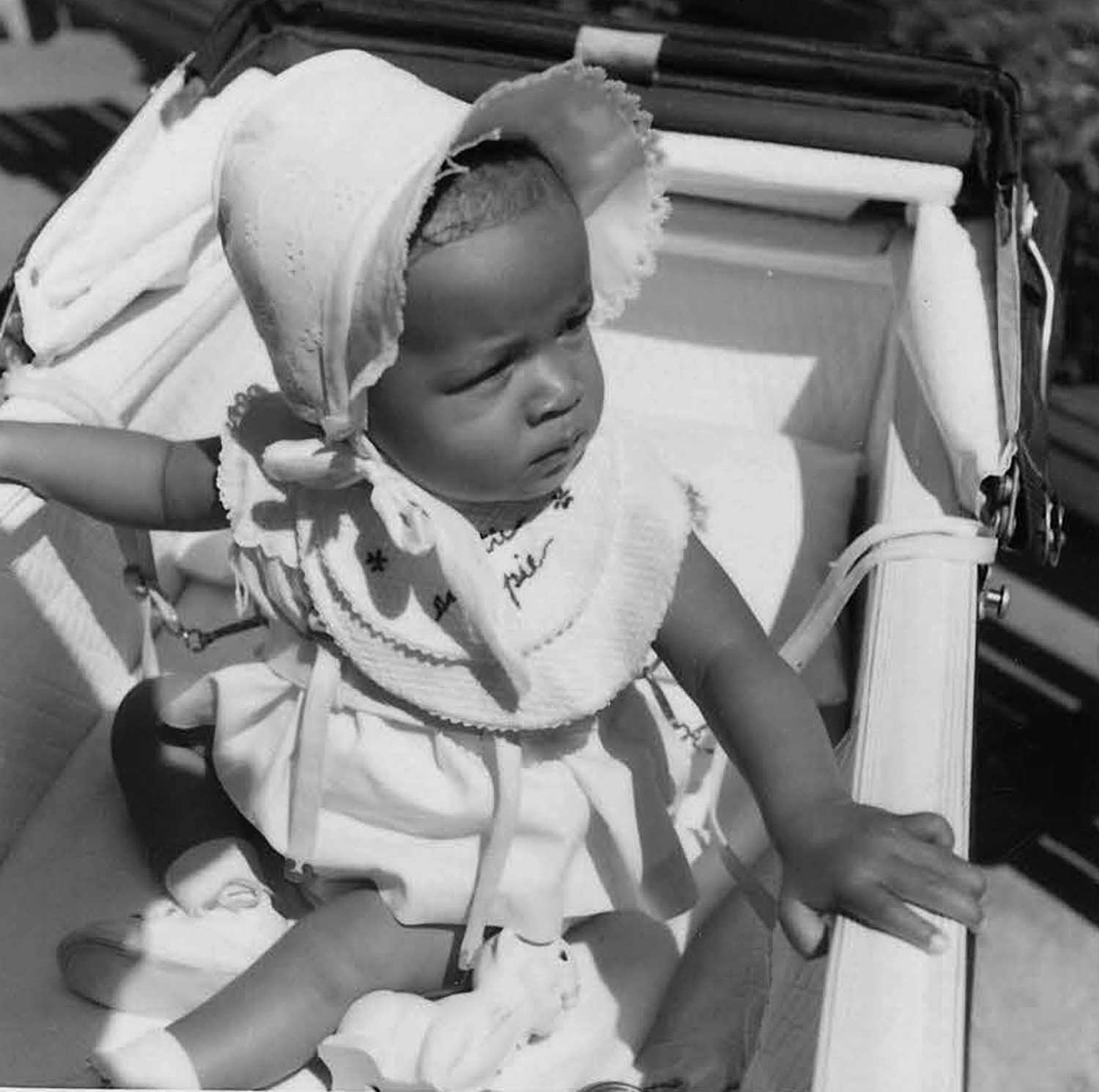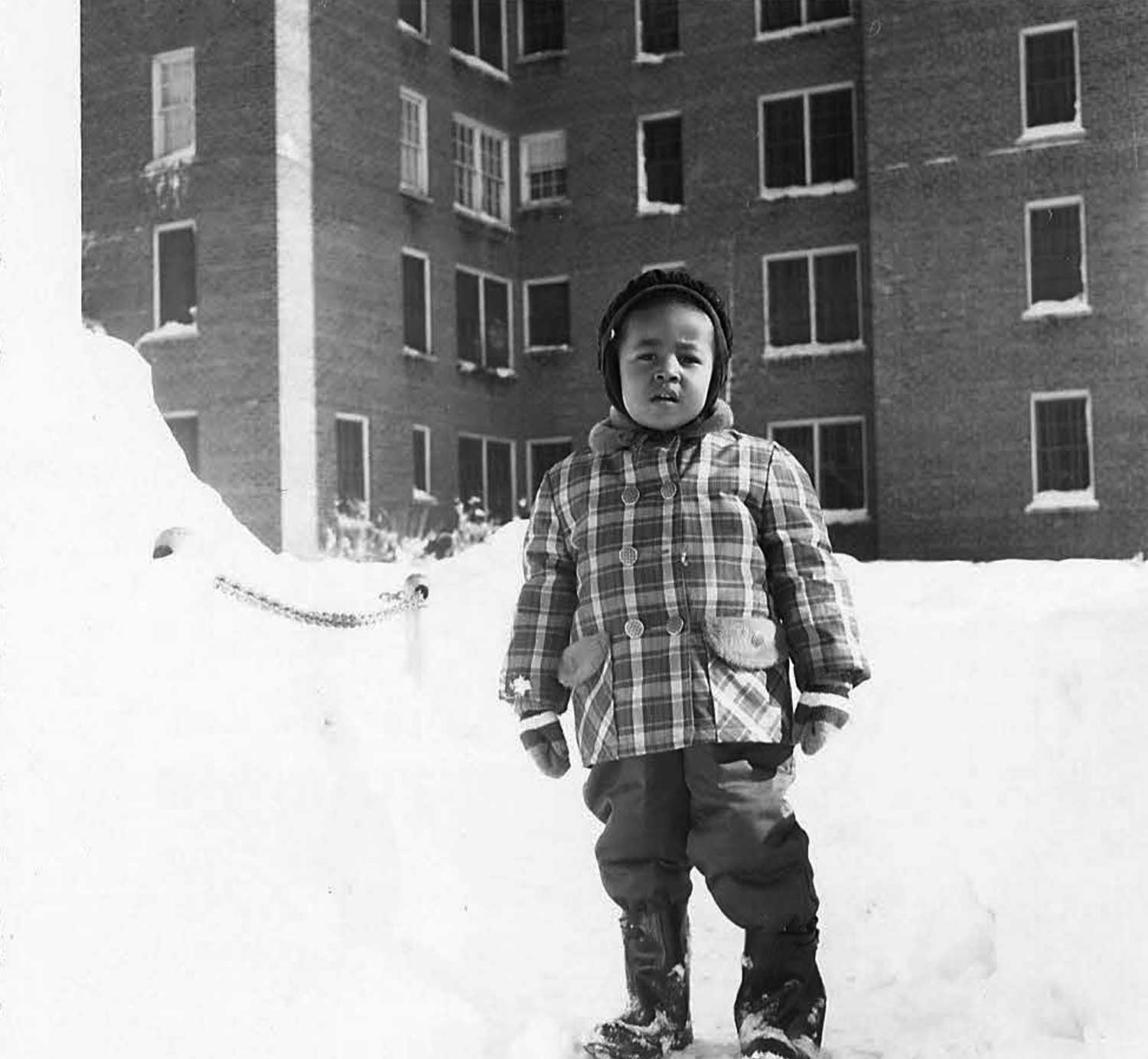HBM139: Acceptable Pains
/Image by Jeff Emtman.
Hedonism seems pretty appealing right now—seeking pleasure and avoiding pain. On HBM137: Superhappiness, the hedonist philosopher, David Pearce imagined a future free of the systemic harms we currently experience: poverty, oppression, violence, and disease.
But David thinks that even an idyllic, egalitarian society wouldn’t ensure universal happiness. He thinks that the only way to make everyone blissfully happy is to use technology and genetic engineering to make physical and emotional pain obsolete.
“I'm a mammal, just like an aardvark is, just like a possum is. And they don't get epidurals.”
— Ashlynn Owen-Kachikis
HBM producer Bethany Denton doesn’t fully agree. She thinks that heartbreak, homesickness, grief can all be good pain, pains that can make us better and kinder people in the long run.
So what should the role of pain be in society? And further, what about the pains that we opt into, the pains we volunteer for?
On this episode of Here Be Monsters, Bethany interviews people about long distance running, unmedicated childbirth, and voluntary crucifixion in the Philippines.
Will James is a reporter for KNKX Public Radio. Ashlynn Owen-Kachikis is a special education teacher. Carlo Nakar is a social worker and recurring guest on HBM.
Producer: Bethany Denton
Editor: Jeff Emtman
Music: The Black Spot, Flowers, Olecranon Rebellion



